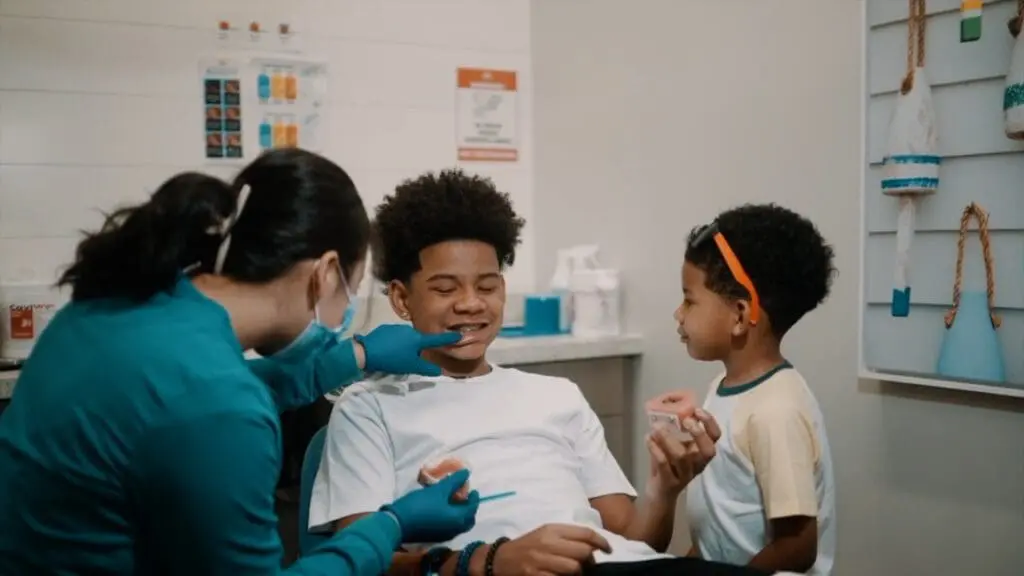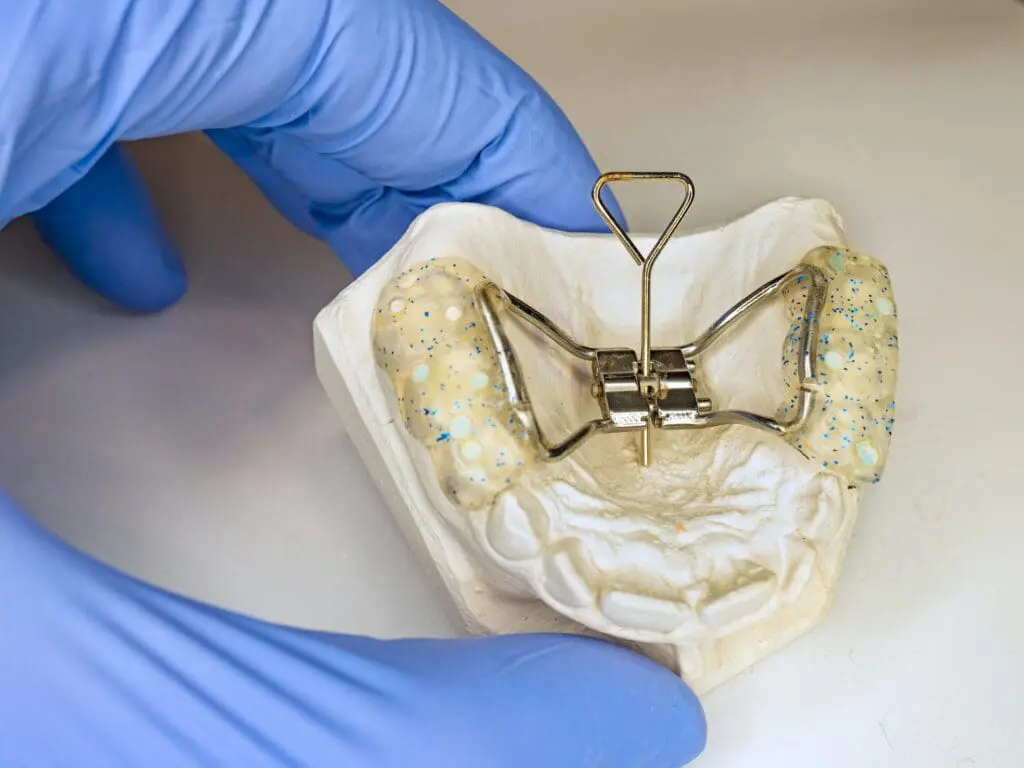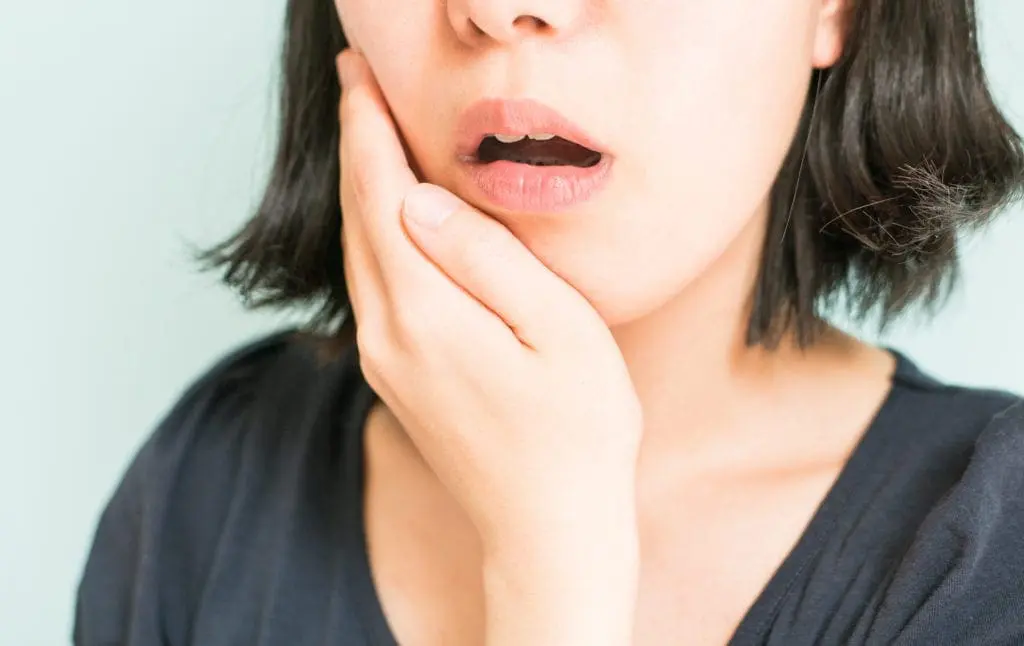
Early Orthodontic Treatment
What is the difference between early orthodontic treatment and regular orthodontic treatment, and why might my child need early treatment? How will early treatment benefit my child in the long run?
These are some of the questions of early orthodontic treatment for children. The American Association of Orthodontists recommends that children see an orthodontist as early as age seven. At this point, the orthodontist will evaluate whether your child will need orthodontic treatment.
Early treatment (also known as Phase One) typically begins around age eight or nine, with Phase Two beginning around age 11 or older. The goal of early treatment is to correct the growth of the jaw and certain bite problems, such as underbite. Early treatment also helps to make room for permanent teeth to come in properly, lessening the chance of extractions in the future.
Braces
Braces are viewed today almost as a rite of passage for modern teens. The method, now perfected, has proven to be highly effective for helping teens – and adults alike, achieve straighter smiles.
Braces technology has evolved other the years, allowing for strong bonding materials, barely visible options, and a little discomfort in the process of straightening teeth.
Our Dumfries orthodontist can consult with you and your teen on the best course of action for treatment. Schedule your visit today, or keep reading to learn more about our orthodontic treatment options.


Appliances
Orthodontic appliances are tools our Dumfries orthodontist may use to help braces straighten teeth or address other alignment issues more effectively.
Some orthodontic appliances help to prepare your mouth for braces before your treatment begins, while others are used after braces treatment ends.
Emergency Care
True orthodontic emergencies are rare, but when they occur, here are some tips to provide orthodontic emergency care at home. As a general rule, you should call our office when you experience severe pain or have a painful appliance problem you can’t take care of yourself. We’ll be able to schedule an appointment to resolve the problem.



